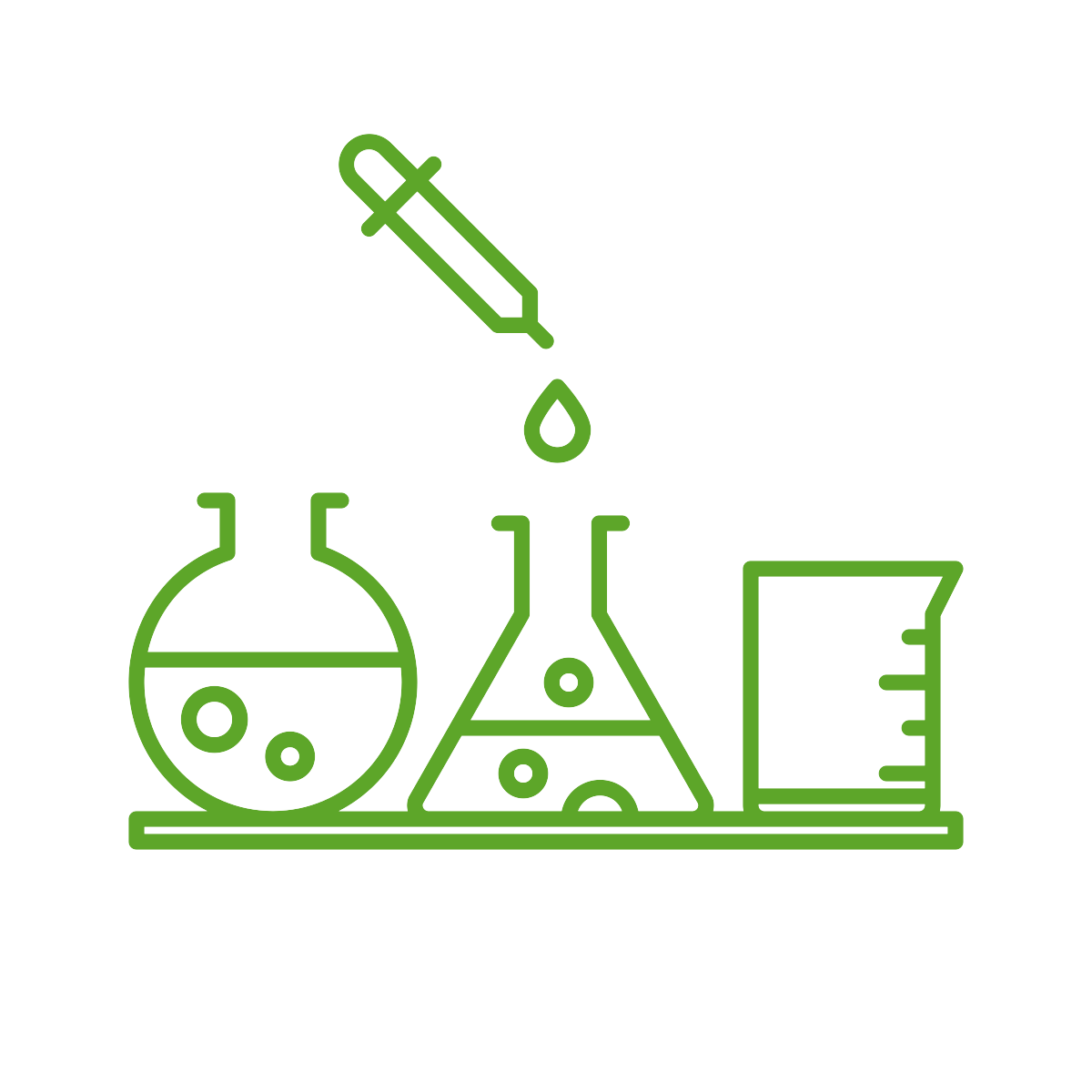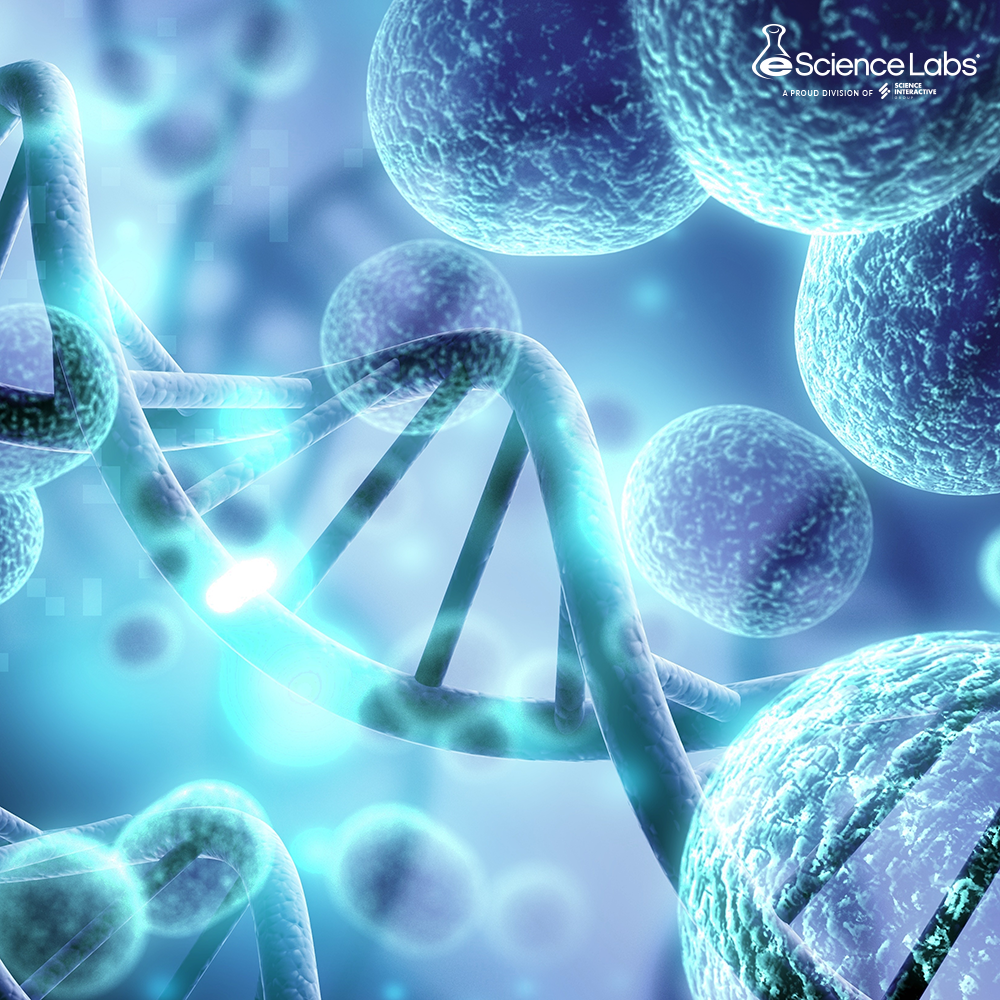eScience Labs: Biology Labs
The eScience Labs lab kit, created specifically for college-level Biology, includes models, specimens, safety equipment, and more. This kit, combined with Odigia’s Teaching and Learning Tools, is everything you need to engage, collaborate, track, and assess your students.
This course includes:

Digital Learning and Teaching Tools

Quality Lab Kits

Customizable Assessments
The Benefits of eScience Labs + Odigia

Make It Yours
Customize the lab kit and assessments to fit the needs of your course and match your desired learning outcomes.

No-Hassle Delivery
Kits are delivered directly to your students at the time and price you need, giving your students a successful lab experience wherever they are.

Prepare Students
Go beyond the traditional with digital learning and teaching tools that help prepare students for success in today’s workplace.

Boost Engagement
Create an immersive, engaging, and affordable distance learning experience. Can connect to your LMS or run independently.
eScience Labs: Biology Labs
Lab Kits Available in Odigia:
Introduction to Science
- Exercise 1: Data Interpretation
- Exercise 2: Testable Observations
- Exercise 3: Conversion
- Exercise 4: Accuracy and Precision
- Exercise 5: Significant Digits and Scientific Notation
- Exercise 6: Percent Error
- Exercise 7: Experimental Variables
General Lab Safety
- Exercise 1: Safety Contract
- Exercise 2: What is it?
- Experiment 1: Neutralization of Acids and Bases
Chemical Bonding Fundamentals
- Experiment 1: Slime Time
Introduction to the Microscope
- Experiment 1: Virtual Microscope
The Chemistry of Life
- Experiment 1: Testing for Biomolecules
Diffusion
- Experiment 1: Diffusion through a Liquid
- Experiment 2: Concentration Gradients and Membrane Permeability
Osmosis
- Experiment 1: Tonicity and the Animal Cell
- Experiment 2: Tonicity and the Plant Cell
Enzymes
- Experiment 1: Enzymes in Food
- Experiment 2: Effect of Temperature on Enzyme Activity
Cellular Respiration
- Experiment 1: Fermentation by Yeast
- Experiment 2: Aerobic Respiration in Beans
Cell Structure and Function
- Experiment 1: Identifying Cell Structures
- Experiment 2: Create a Cell
Mitosis
- Experiment 1: Observation of Mitosis in a Plant Cell
- Experiment 2: Tracking Chromosomal DNA Movement Through Mitosis
- Experiment 3: The Importance of Cell Cycle Control
Meiosis
- Experiment 1: Following Chromosomal DNA Movement through Meiosis
DNA and RNA
- Experiment 1: Coding
- Experiment 2: Transcription and Translation
- Experiment 3: DNA Extraction
Mandelian Genetics
- Experiment 1: Punnett Square Cross
Population Genetics
- Experiment 1: Genetic Variation
- Experiment 2: Genetic Drift
- Experiment 3: Stochastic Events
- Experiment 4: Natural Selection
- Experiment 5: Sickle Cell Anemia Inheritance Patterns
Taxonomy
- Experiment 1: Dichotomous Key Practice
- Experiment 2: Classification of Organisms
Bacteria and Archaea
- Experiment 1: Testing the Environment
- Experiment 2: Measuring Antibiotic Resistance
Protista
- Experiment 1: Viewing Preserved Species of Protists
- Experiment 2: Viewing Live Specimens
Fungi
- Experiment 1: Growing and Observing Zygomycota (Bread Mold)
- Experiment 2: Observing Ascomycota (Yeast)
Energy and Photosynthesis
- Experiment 1: Paper Chromatography
Plant Circulation
- Experiment 1: Functionality of the Water Column in Plants
- Experiment 2: Water Movement in Flowers
Plant Reproduction
- Experiment 1: Observation of Archegonium and Antheridium
- Experiment 2: Observation of a Flower
Invertebrates
- Experiment 1: Symmetry in Common Objects
- Experiment 2: Creating a Phylum Key
- Experiment 3: Taxonomy
- Experiment 4: Invertebrate Dissection
Vertebrates
- Experiment 1: Owl Pellet Dissection
- Experiment 2: Invertebrate Dissection
- Experiment 3: Vertebrate Dissection
Zoology
- Experiment 1: Structural Adaptations
- Experiment 2: Diet Alignment
Animal Structure
- Experiment 1: Examining the Skin, Bones, and Muscle Histology
- Experiment 2: Calcium in Bones
- Experiment 3: Agonists and Antagonists
Mammalian Homeostasis
- Experiment 1: Breathing and Acid-Base Balance
- Experiment 2: Urinalysis
- Experiment 3: Reflexes
The Circulatory and Respiratory Systems
- Experiment 1: Understanding Lung Mechanics
- Experiment 2: Observation of Blood
- Experiment 3: Modeling the Circulatory System
The Nervous and Sensory Systems
- Experiment 1: Observation of the Nervous System
- Experiment 2: Limits and Capabilities of the Eye
- Experiment 3: Skin Response
- Experiment 4: Brain Mapping
Ecology of Organisms
- Experiment 1: Effects of pH on Radish Seed Germination
Ecological Interactions
- Experiment 1: Ecological Interactions
- Experiment 2: Oil Spills and Aquatic Animals
Environmental Succession
- Experiment 1: Winogradsky Column
- Experiment 2: Succession Observations in the Field
These labs have been combined with our comprehensive Biology content to create a complete digital learning experience for your students.

Science Interactive Group provides comprehensive, standard-aligned content and educational products, services, and software. Our vast assortment of innovative STEM-oriented products is designed to provide instructors with interactive, real-world applications that engage students and enhance outcomes.

Odigia provides digital learning and teaching tools that enhance the way students and instructors access, modify, and engage with content, collaborate with each other during the course, track progress and understanding of content, and ultimately apply knowledge.
Interested in learning more about eScience Labs + Odigia?

